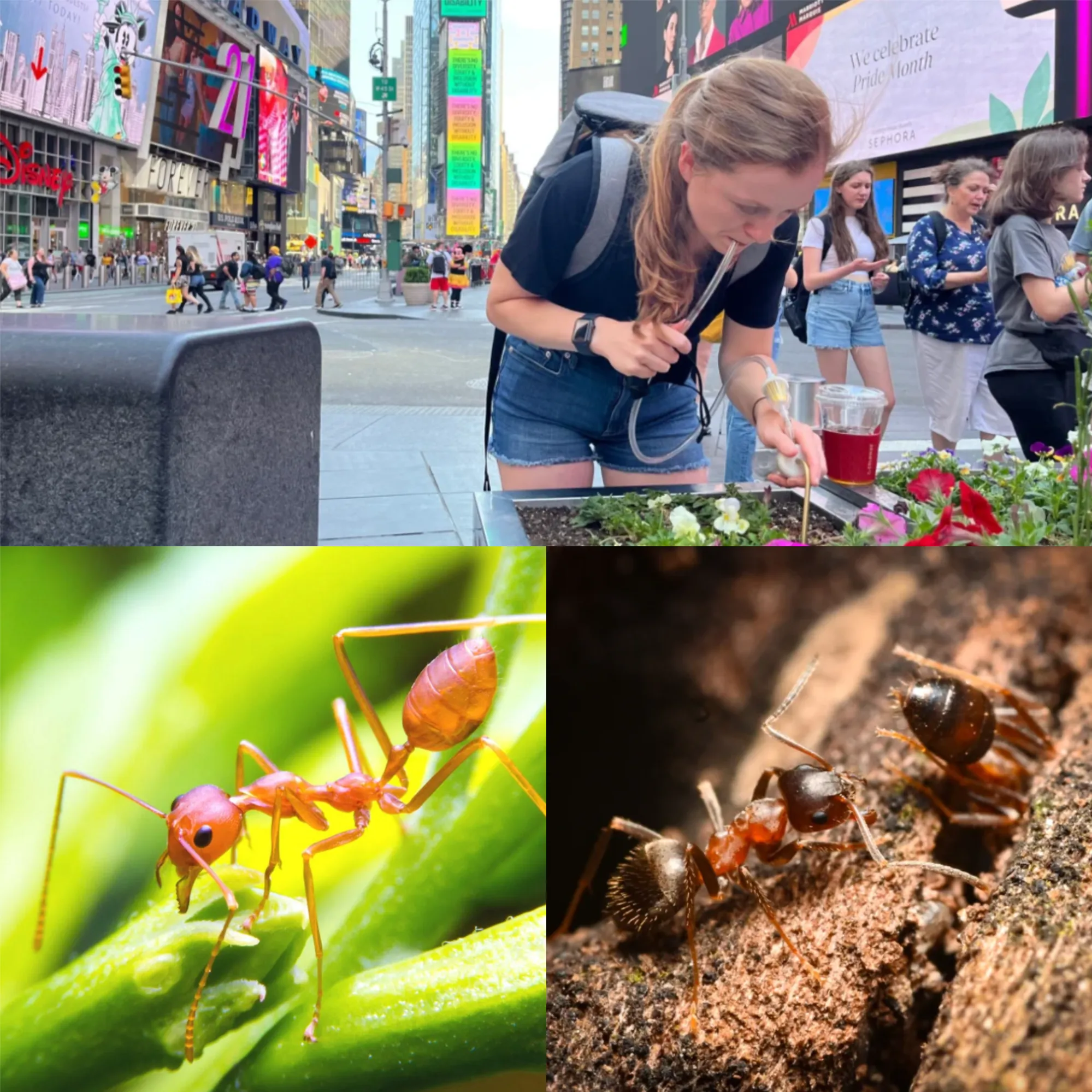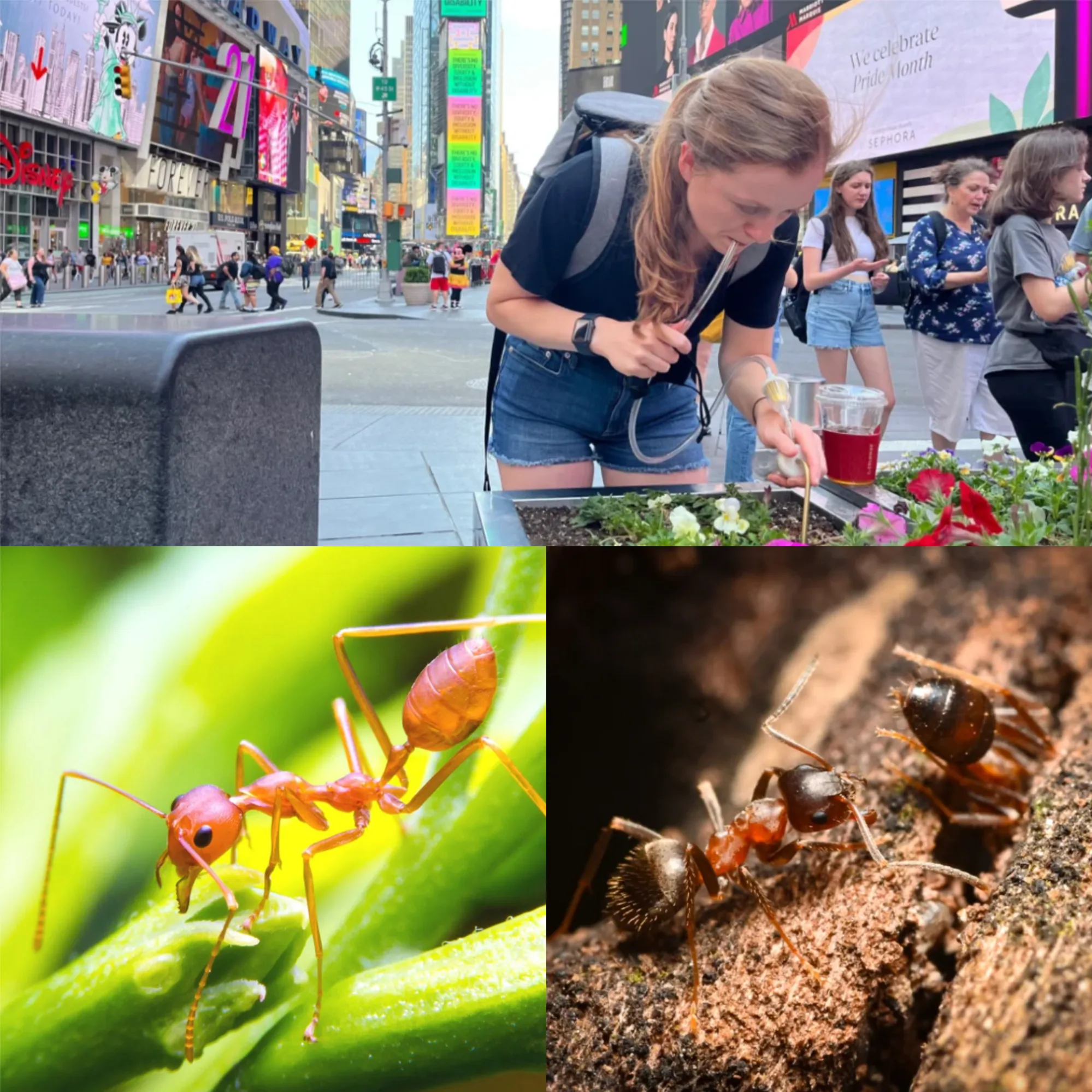
The European Ant Thriving in Manhattan: How the “ManhattAnt” Has Taken Over New York City

Beneath the bustling streets of New York City, an unexpected visitor has been making its presence felt. The “ManhattAnt,” a species originally native to Europe, has managed to thrive in one of the world’s most challenging environments: the urban jungle of Manhattan. For over a decade, this ant has perplexed scientists with its ability to flourish in such an unlikely setting. But where did it come from, and why has it adapted so well to life in the city that never sleeps?
Recent research has finally revealed the origins of this resilient insect. The ManhattAnt, scientifically known as Lasius emarginatus, hails from Europe, where it typically resides in more natural surroundings. It was first discovered in New York in 2011 during an ant survey. With its black head, red thorax, and unique characteristics, this ant didn’t match any of the 800 native species in North America. Initially, scientists speculated about its European roots, but it wasn’t until years later that its identity was confirmed through DNA analysis.
The ManhattAnt’s story in New York began around 2009, and since then, it has spread rapidly, now ranking as the second most common ant in the area. Researchers have observed its presence not only in Manhattan but also in parts of Long Island and New Jersey. With its ability to survive in climates similar to those in Europe, experts believe this ant could extend its range as far north as Maine and as far south as Georgia.

What makes the ManhattAnt so successful in New York? While it was initially thought that the species might form supercolonies—a trait seen in other invasive ants—the ManhattAnts have shown typical territorial behaviors. Instead, their success seems to stem from their adaptability. These ants have taken advantage of the unique urban environment, feeding on honeydew from aphids and tree bugs found on city streets. Their ability to utilize these food sources, along with occasional foraging on human food, has given them an edge over native species.
Though the ManhattAnts aren’t harmful to humans, their rapid spread raises concerns about their potential impact on the local ecosystem. Invasive species often displace native ones, disrupting the delicate balance of their new environment. While it’s too early to determine the full extent of their impact, scientists are keeping a close watch.
As research continues, the ManhattAnts’ story serves as a reminder of the surprising ways in which nature can adapt to even the most unlikely of places. Whether these ants will become a mere nuisance or a significant ecological disruptor remains to be seen. For now, they are a fascinating example of life finding a way in the heart of the city.






